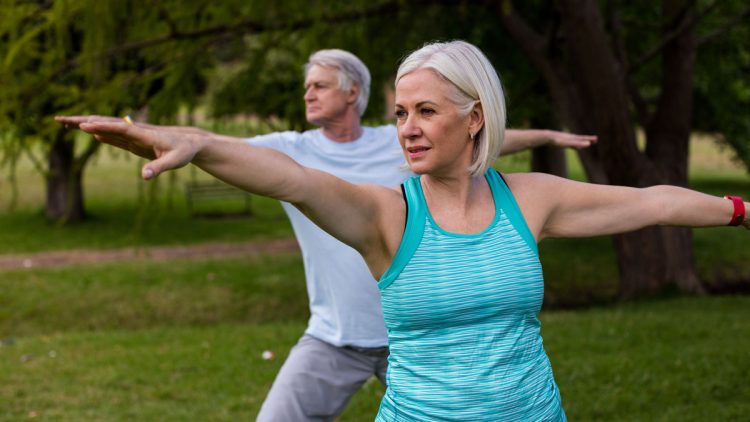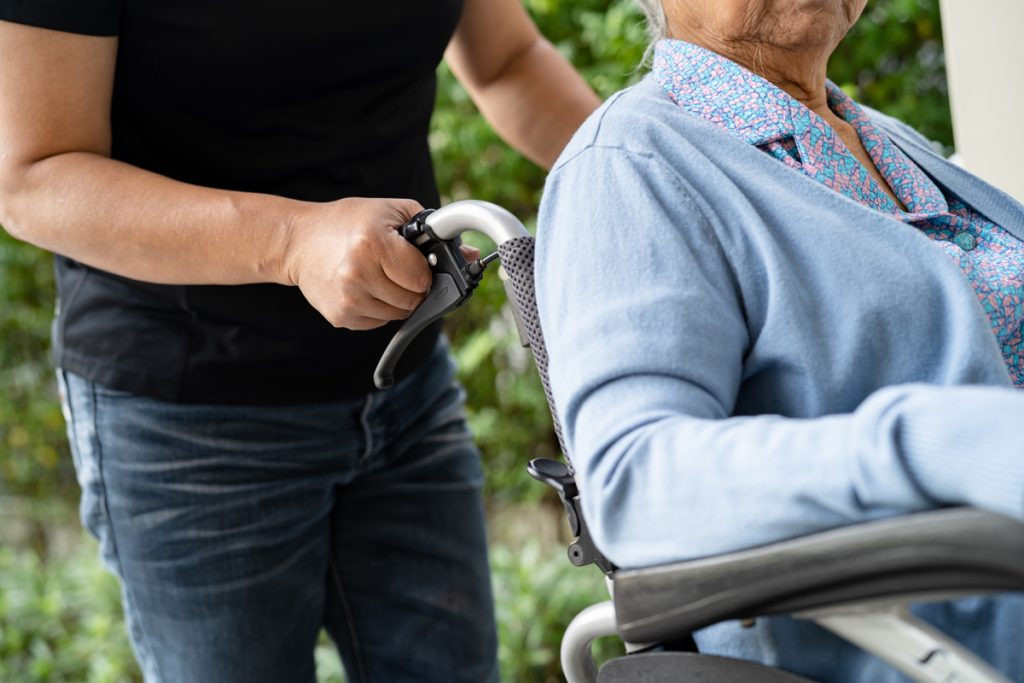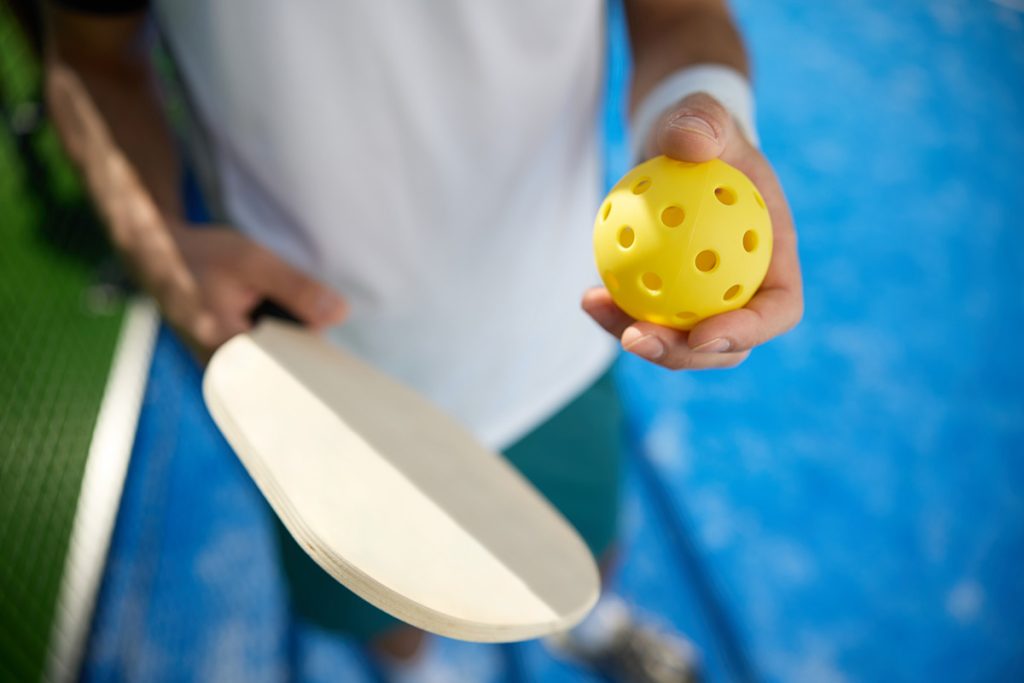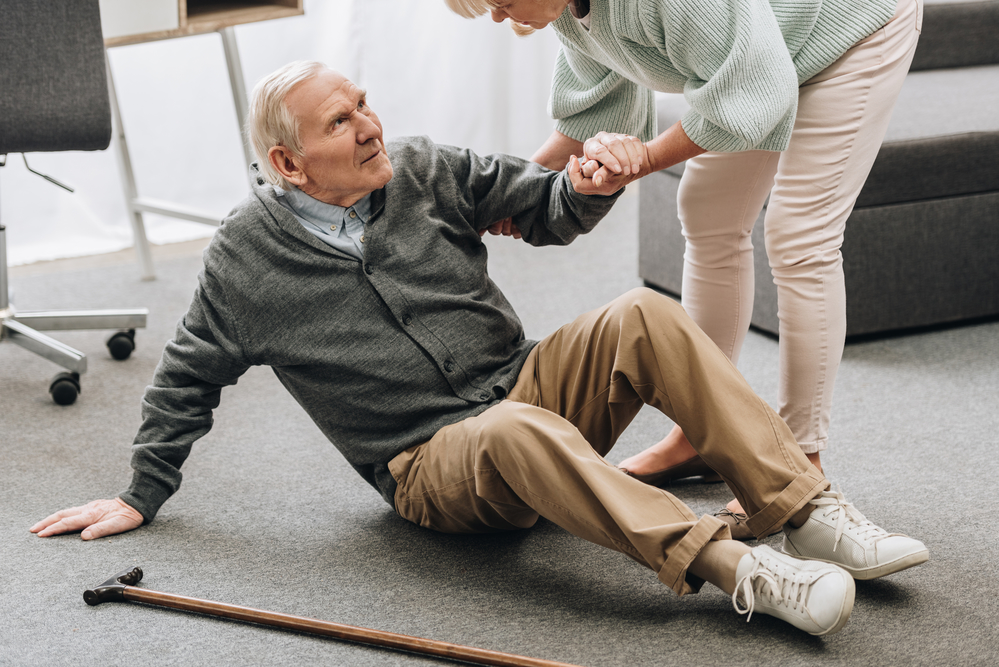Best Balance Exercises For Seniors
Exercises for balance problems are designed to improve your stability and reduce the risk of falls, especially as you age. Balance exercises can benefit people of all ages, but they are particularly important for older adults. These exercises help strengthen the muscles that support your balance and coordination. Here are some balance exercises you can incorporate into your routine:
- Single-Leg Stance:
- Stand near a wall or sturdy surface for support.
- Lift one foot slightly off the ground while keeping your knee bent. Try to balance on one leg for 30 seconds.
- Repeat on the other leg. Over time, try to extend the duration.
- Tandem Stance:
- Stand with one foot directly in front of the other (heel to toe).
- Hold this position for 30 seconds. If you need support, place a hand on a stable surface.
- Switch the position of your feet and repeat.
- Heel-to-Toe Walk:
- Create an imaginary straight line on the ground or use masking tape.
- Walk heel-to-toe along the line, taking small steps. Focus on balance and coordination.
- Turn around and walk back in the opposite direction.
- Sit-to-Stand Exercises:
- Practice going from a seated position to a standing position without using your hands or arms for support.
- To make it more challenging, stand up and sit down slowly to work on control and balance.
- Tai Chi:
- Tai Chi is a low-impact, slow-motion exercise that focuses on fluid movements and balance. Taking Tai Chi classes can help improve balance, strength, and flexibility.
- Yoga:
- Many yoga poses emphasize balance and flexibility. Poses like Tree Pose, Warrior III, and Half Moon can be beneficial for improving balance.
- Balance Board or Disc Exercises:
- Using a balance board or disc can challenge your balance and coordination. Start with simple exercises, like standing on one leg on the board, and progress to more advanced movements.
- Leg Swings:
- Hold onto a stable surface for support, and swing one leg forward and backward. This exercise can help improve your dynamic balance.
- Bosu Ball Exercises:
- A Bosu ball is a half-ball with a flat platform on one side. Exercises on a Bosu ball challenge your balance and core strength. For example, you can stand on the flat side while maintaining your balance.
- Step-Ups:
- Use a sturdy step or platform, and step up and down, leading with one leg. This exercise mimics the action of climbing stairs, which is a common daily activity that requires balance and strength.
- Calf Raises:
- Stand with your feet hip-width apart, and rise up onto your tiptoes. Hold the position briefly and then lower your heels back down. This exercise targets the calf muscles and balance.
- Seated Leg Lifts:
- While seated, extend one leg straight out and hold it for a few seconds. Lower it and repeat on the other leg. This exercise helps improve balance and leg strength.
When performing these exercises, it’s important to prioritize safety. Start with exercises that are appropriate for your current level of fitness and balance. If you have a medical condition or balance concerns, consider consulting with a physical therapist or fitness professional to create a tailored exercise program that addresses your specific needs and limitations. Additionally, perform these exercises on a non-slip surface, and always have a support or handrail nearby to ensure safety.
Most seniors love to stay active. Whether it’s indoors or outdoors, activity is vital in independent and assisted living facilities. With a plethora of exercises and games available across the state, we’ve hand-picked some of the best physical games for seniors.
Yoga
Yoga is the perfect activity for the indoors or outdoors-man. This is a highly effective practice for senior citizens. Yoga is comprised of controlled body positions and stretches, with a goal of physical and mental well-being. The activity is perfect for participants looking to attain deep spiritual tranquility. This is one hobby that is great for the body and soul!
Health Benefits
There are numerous health benefits for yoga participants. Weight loss is, of course, at the top of the list. With the possible weight loss comes a more balanced metabolism, with a lowering of blood sugar and blood pressure. But, that’s not all! Yoga can result in increased muscle strength, flexibility and better balance. Yoga, which is a practice believed to be more than 5,000 years old, has been shown to improve cardiovascular and blood circulation, as well.
Shuffleboard
Beginning in 15th century English pubs, this sport has constantly changed over time, but the goal has remained the same. This is one of the most popular sports to play for seniors because of its competitive, yet lighthearted nature. A player wins in shuffleboard when reaching a score of 15, but some bigger tournaments could require 21 points for a win. Alternating turns, each player slides four weights across an opponent’s board. Sliding your weights to the highest available scoring area is the objective here. Players can also knock opposing weights off the board with their own weights or use them to protect their current score.
Health Benefits
Shuffleboard increases heart rate and reduces stress at the very same time. Another benefit is the obvious workout for various muscle groups.
Line Dancing
A simple way to take part in the recommended 30 minutes of aerobic exercise per day is by partaking in line dancing. The sport is great for the heart and it keeps its dancers healthy and in shape. If you’re intimidated by dancing, there is no need to worry because line dancing is the perfect exercise for beginners.
Health Benefits
There are many health benefits in the world of line dancing. Improved stamina, posture and balance are just some of the benefits. The exercise can lower stress and improve stamina in the process. Avid dancers may see a lowered risk of osteoporosis, diabetes, heart disease and high blood pressure, as well.
Bocce Ball
This sport’s history is fascinating! Dating back to ancient Egypt in 5200 B.C., bocce ball’s popularity began to soar in Greece hundreds of years later. The sport made its way to Belgium, Flanders and Holland after that. Bocce ball took center stage during the first Bocce Olympiad held in Athens in 1896. It wasn’t until the late 1980s that the sport officially took off in the United States, though. Open Bocce is the most played version of the game. Eight balls, plus a smaller ball (pallino) are shared between 2, 4, 6 or 8 players. A random player is chosen to throw the pallino first, then all participants try to get their ball closest to the pallino. The closest to the pallino receives one point after each round. Additional points are awarded when the leader’s ball is closer to the pallino than any other opponent’s shots. Once a total of 13 points is attained by one player, a winner is crowned.
Related Posts




